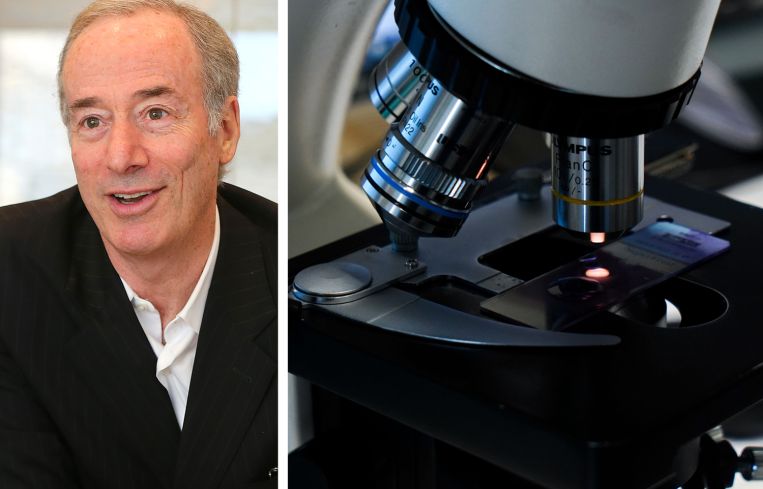Alexandria Real Estate Checks Life Sciences Ambitions in Latest Earnings Call
By Nick Trombola July 25, 2024 4:01 pm
reprints
Ground control to Major Tom — it’s time to bring life sciences expectations back to Earth.
That’s the message that Alexandria Real Estate Equities — the U.S.’s biggest real estate investment trust focused on lab space — relayed to investors during its most recent quarterly earnings call.
The Pasadena, Calif.-based REIT once referred to the COVID-19 era as the “rocket ship years” for the life sciences market as other asset types slipped off the launch pad, but the sheer amount of lab space being delivered, coupled with slowing tenant demand, means that Alexandria is starting to hedge its bets.
At the heart of the REIT’s updated strategy is focusing more intensely on its “mega-campus” portfolio, such as the five life science complexes it operates in San Diego that together stretch nearly 9 million square feet, while shedding what firm leadership calls “noncore assets.”
The same day as Alexandria’s second-quarter earnings call, for example, news broke that the firm plans to sell two of those assets in Boston, the veritable capital of American life sciences real estate: the 370,000-square-foot building at 215 First Street, which is 59 percent leased, and the 123,000-square-foot, fully occupied 150 Second Street, (though its sole tenant is preparing to relocate), according to Bisnow, citing data sourced from Green Street.
Indeed, Alexandria Founder and Chairman Joel Marcus told investors that he wants mega-campuses to drive over 90 percent of the firm’s revenue over the next few years, rather than the current figure of 74 percent.
“I think this quarter there was just more [companies] at the earlier stage, and those people can’t commit to 10- or 15-year leases because they’re likely to grow, and that’s the reason to have them on a mega-campus because we can provide them 5,000, 10,000, 20,000, 30,000 [square feet], whatever they want, and we can double and triple their footprint on a mega-campus, whereas an individual building, oftentimes, you can’t really do that,” Marcus said during the call.
Peter Moglia, Alexandria’s CEO and chief investment officer, also touched upon tenants’ flight to quality, noting that less experienced developers have flooded the market with an abundance of space in poorly conceived markets, often with little capital for tenant improvements.
“The majority of fully vacant buildings in our markets are recently delivered buildings from these entities who majorly underestimated the skill sets needed to be successful in life science real estate, and pick sites as if they were investing in office,” Moglia said.
Challenges stemming from that overabundance of life science space have come knocking on Alexandria’s door as well. The firm leased roughly 1.1 million square feet this past quarter, which is consistent with the first quarter of this year, as well as its average leasing activity during the 2010s before the life sciences boom. Yet its national footprint has greatly expanded since that time — the REIT leased 1.5 million square feet of space in the final quarter of 2018, when its total rentable square footage was nearly half of what it is today, per Bisnow.
Still, the news isn’t all bad or worrisome.
Alexandria reported a 7.4 percent boost in net operating income this quarter, as well as vacancy rates that remained stable from the previous quarter. Some 87 percent of space being delivered by the end of 2025 is already pre-leased, Moglia said.
The REIT’s projected rental growth rate for the rest of the year is also solid at 11 to 19 percent.
“We have built this one-of-a-kind company to be at the vanguard of this cherished life science industry as it recovers from the aftermath of the COVID rocket ship,” Marcus said.
Nick Trombola can be reached at NTrombola@commercialobserver.com.


